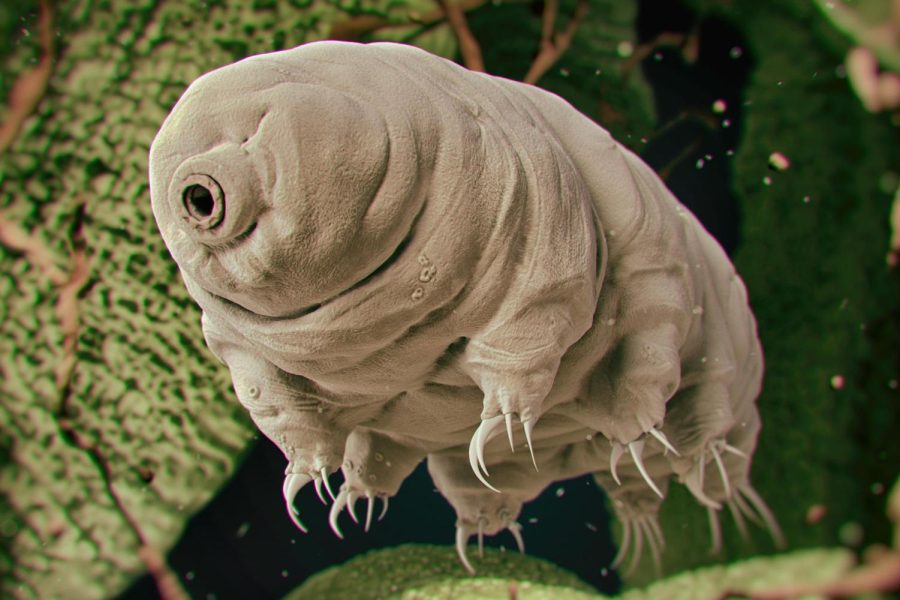NASA is Bringing Water Bears to Space?
NASA will be sending and studying “the most resilient creature in the world” in space. Also know as a water bear or tardigrade.
Recently a new experiment has started aboard the ISS (International Space Station) studying (nearly) microscopic creatures called tardigrades. Also called water bears because of their appearance under a microscope. They are called “The most resilient creatures in the world” because they are known to be able to survive harsh conditions. Tardigrades are able to survive high-stress environments like space, creating the curiosity in scientists to make space travel less stressful for people during long trips. Water bears could be really important for future space travel. Although this is not the first time researchers were looking into tardigrades. In 2007 a research team from Europe sent 3,000 tardigrades into orbit outside of the spacecraft FOTON-M3 for 12 days. 68% of them remained alive.
In June 2021, a shipment of water bears arrived at the ISS by the SpaceX Dragon cargo spacecraft. As stated before the tardigrades were outside of the spacecraft. Now the tardigrades will be onboard, they will be inside special equipment helping scientists study them long-term. It allows them to study the culture of cells, tissue, and microscopic organisms in space by real-time (remote) monitoring and control over their living conditions. The scientists will study them for 4 different generations to see the changes in their DNA.
Water Bears can be used to Protect Astronauts. Water bears can be found across all continents making them easy to access. The water bear is able to survive harsh conditions. They live up to 60 years and survive for 30 years without food or water. They can even survive up to 300 degrees Fahrenheit and even as low as -485 degrees Fahrenheit, helping them survive the deep sea and even microgravity and elevated radiation levels of space, showing just how resistant they are. When water bears are without water for a long period of time they basically dry up until they find water again. When in this state they produce an unnormal amount of antioxidants. Neutralizing means oxygen species. One of their flaws being during their animated state they can not survive as long in extreme temperatures. Once in the water again they continue on like normal. Thomas Boothby is a biologist. He said that one possibility is that the tardigrade might produce more antioxidants to resist harmful changes in the body which is caused by increased radiation exposure in space. Some people question how they are this resilient, Miller suggests they were swept up by the wind and learned how to adapt. Also explaining why there everywhere.
Scientists describe them as “perfect test subjects” for space travel. Research teams are looking into which genes turn on and turn off responding to long and short spaceflights. Helping scientists to identify which will help during stressful times. Whichever genes are responsive or unresponsive will show which genes respond solely to space travel. Cell Science-04 then will test what is actually needed for tardigrade adaptation and survival of high-stress environments. NASA said this study could show what makes tardigrades so tolerant, then we can start using it for biological material.
Related story’s: Indestructible tardigrades will reveal how to survive in extremes of space | Space www.space.com”
EarthSky | Why NASA sent tiny water bears into spaceearthsky.org
Indestructible tardigrades will reveal how to survive in extremes of space | Spacewww.space.com















